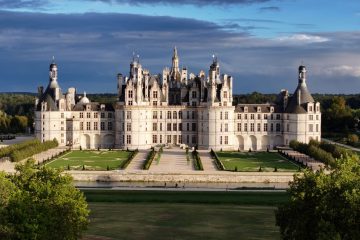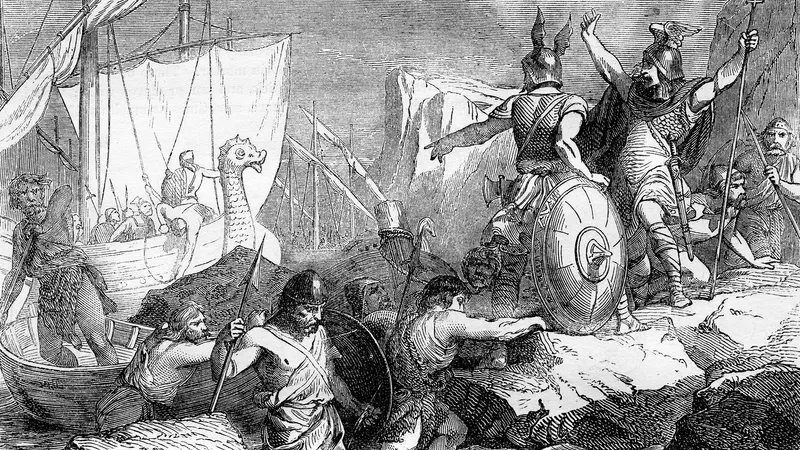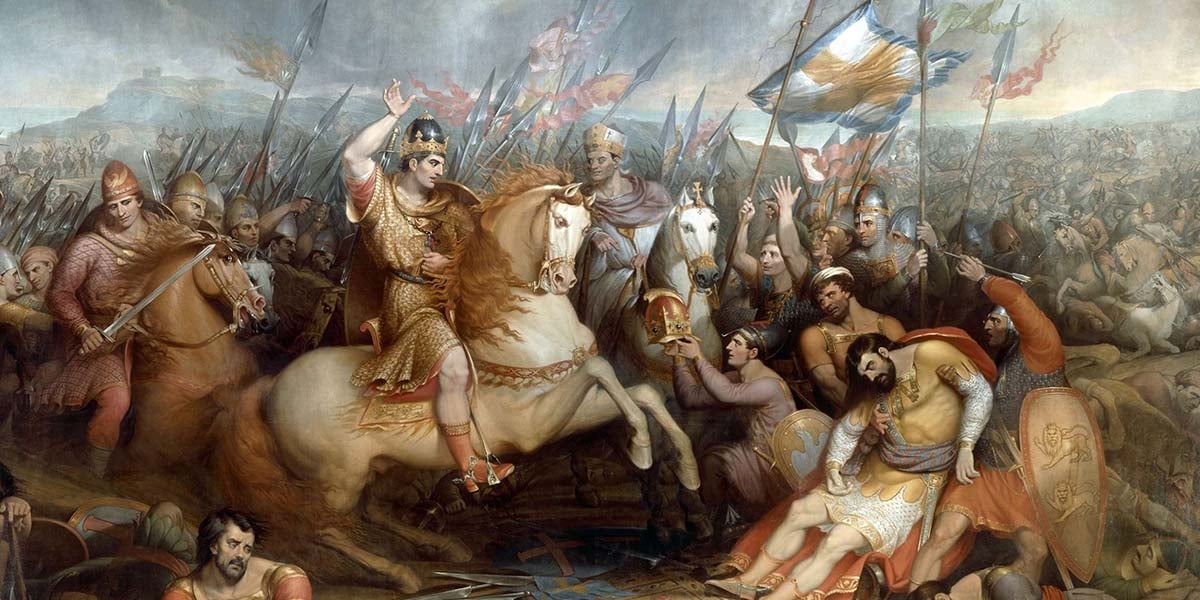
William the Conqueror: The Architectural Legacy
Europe’s castles have long stood as symbols of history, culture, and power. Among the most notable figures associated with these magnificent structures is William the Conqueror. His influence is indelibly etched into the architectural and historical landscape of Europe. By exploring the castles connected to William the Conqueror, a richer understanding of his legacy and impact on European history can be gained.
The Historical Significance of William the Conqueror
William the Conqueror, also known as William I of England, was a pivotal figure in European history. Born in 1028 in Falaise, Normandy, his ascent to power culminated in the Norman Conquest of England in 1066. This event fundamentally altered the course of English history and left a lasting imprint on European medieval architecture and governance. The castles commissioned by William the Conqueror were not merely military fortifications but also symbols of Norman authority and cultural integration.
Key Castles Built by William the Conqueror
Several castles built during William the Conqueror’s reign stand today as testaments to his strategic and architectural prowess. Among these, the Tower of London is perhaps the most iconic. Initially constructed as a means of asserting Norman dominance over the newly conquered English territory, the Tower of London has evolved over the centuries into a multifaceted symbol of British history. Its White Tower, the central keep, is a quintessential example of Norman military architecture.
Another significant castle associated with William the Conqueror is Windsor Castle. Founded by William shortly after the Norman Conquest, Windsor Castle has served as a royal residence for over 900 years. Its enduring significance is highlighted by its continuous use and adaptation over the centuries. This reflects the changing needs and tastes of successive monarchs while retaining its foundational Norman elements.
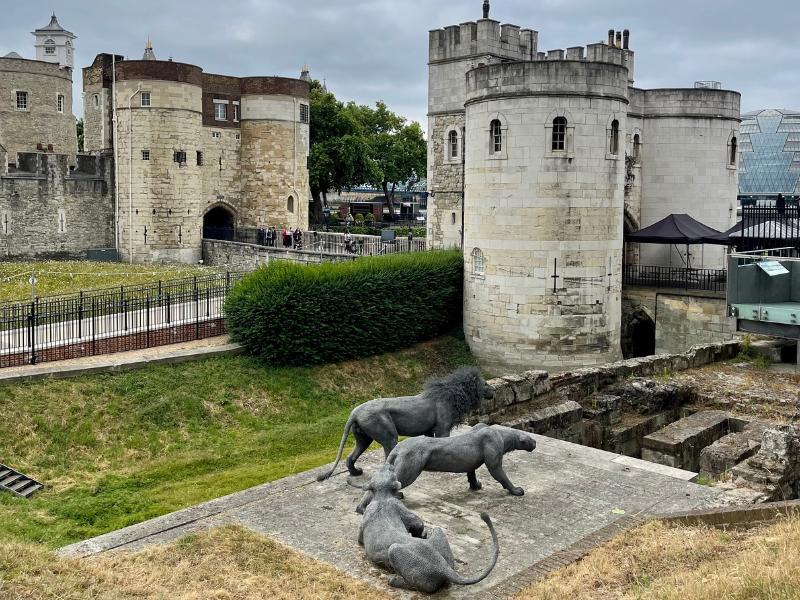
Architectural Features of William the Conqueror’s Castles
The castles commissioned by William the Conqueror exhibit distinct architectural features that reflect the Norman style. Key characteristics include massive stone keeps, which served both defensive and residential purposes. The use of motte-and-bailey structures was also prevalent, where a wooden or stone keep was situated on a raised earthwork called a motte, accompanied by an enclosed courtyard, or bailey. These features were designed to provide formidable defense against potential sieges and to symbolize Norman authority.
The emphasis on strong defensive mechanisms, such as thick walls, narrow windows, and strategically placed towers, exemplified the military acumen of the Normans. Additionally, the integration of Romanesque elements, such as rounded arches and intricate stone carvings, showcased the cultural and artistic influences that shaped Norman architecture.
William the Conqueror’s Influence on European Castles
The impact of William the Conqueror on castle construction extended beyond England. It influenced Normandy’s architectural landscape and other parts of Europe. The castles in Normandy, such as Château de Falaise, offer insights. This was where William was born. These structures provided a blueprint for post-conquest English castles. They illustrate the transference of architectural knowledge across the English Channel.
Furthermore, the castles built during William’s reign facilitated the consolidation of Norman control over England and contributed to the broader feudal system that defined medieval Europe. By establishing a network of strategically located castles, William the Conqueror ensured effective governance and defense of his territories. This system of fortifications enabled the Normans to maintain their hold on England and exert influence over surrounding regions.
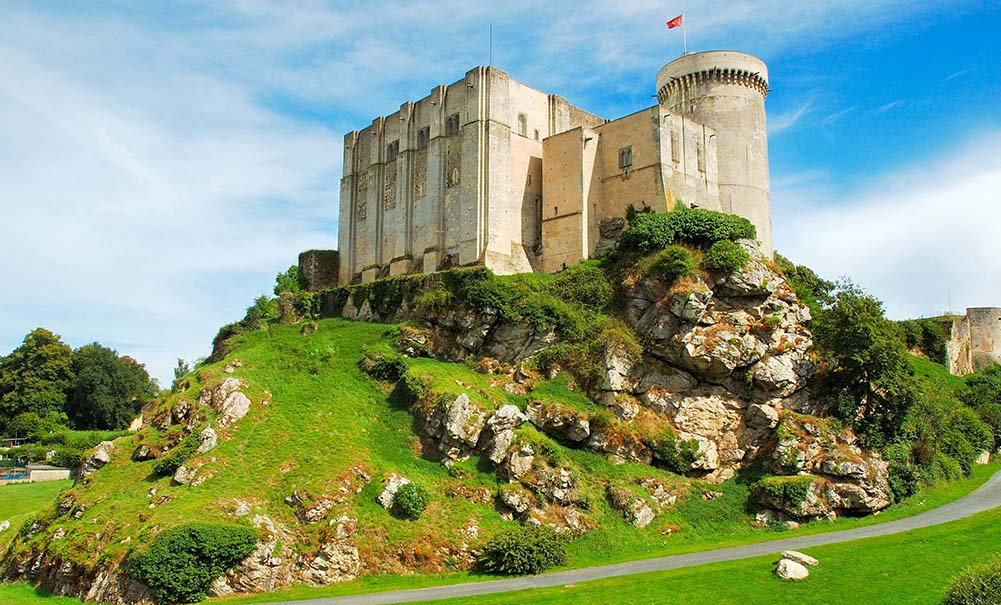
Preservation and Legacy of William the Conqueror’s Castles
Today, historians and preservationists preserve the castles associated with William the Conqueror as historical monuments and cultural heritage sites. They undertake efforts to maintain and restore these structures to ensure their continued relevance and accessibility to the public. The Tower of London and Windsor Castle, in particular, attract millions of visitors annually, serving as educational resources and symbols of national pride.
The preservation of these castles allows contemporary audiences to appreciate the architectural ingenuity. It also highlights the historical significance of William the Conqueror’s reign. Through guided tours, exhibitions, and educational programs, visitors can gain a deeper understanding of the medieval period. They can also learn about the transformative impact of the Norman Conquest.
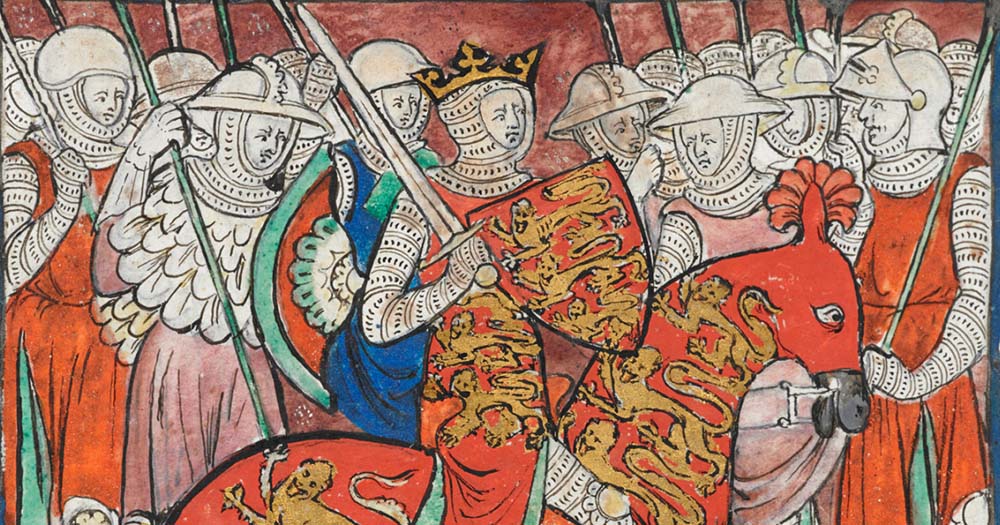
Final thoughts
In exploring the castles associated with William the Conqueror, a comprehensive picture of his legacy and influence on European history emerges. The architectural features and strategic locations of these castles reflect the Norman approach to governance and military defense. By preserving and studying these structures, a greater appreciation for the historical and cultural contributions of William the Conqueror can be achieved. Europe’s castles, therefore, serve as enduring reminders of a pivotal era in history and the enduring legacy of one of its most influential figures.


